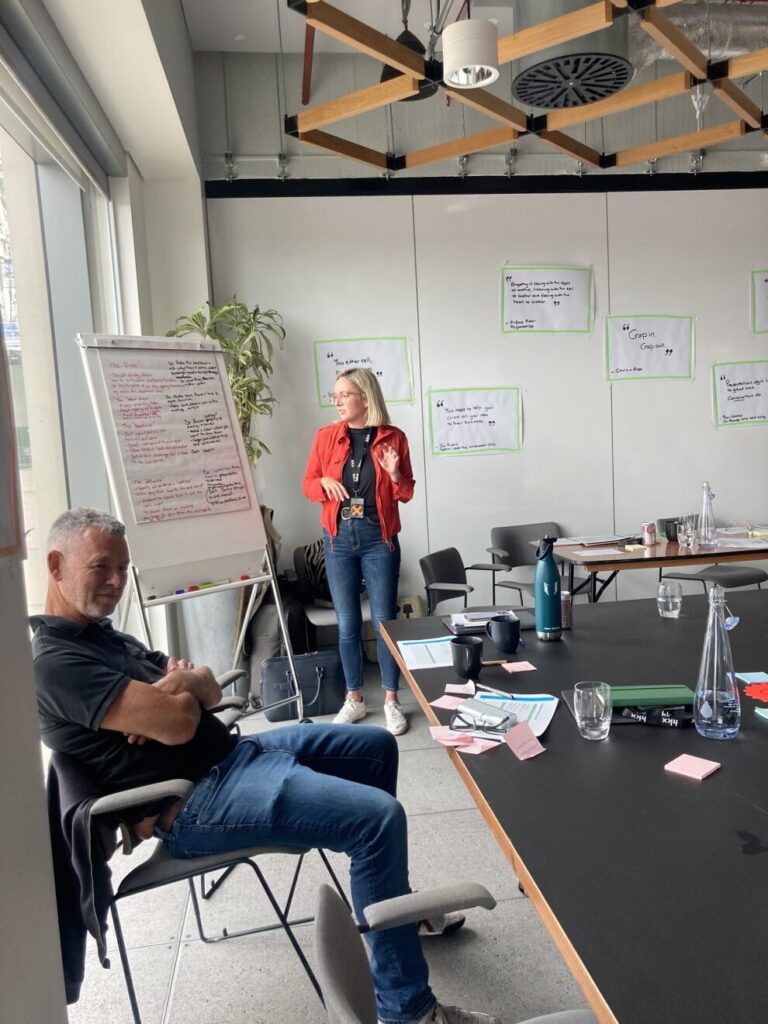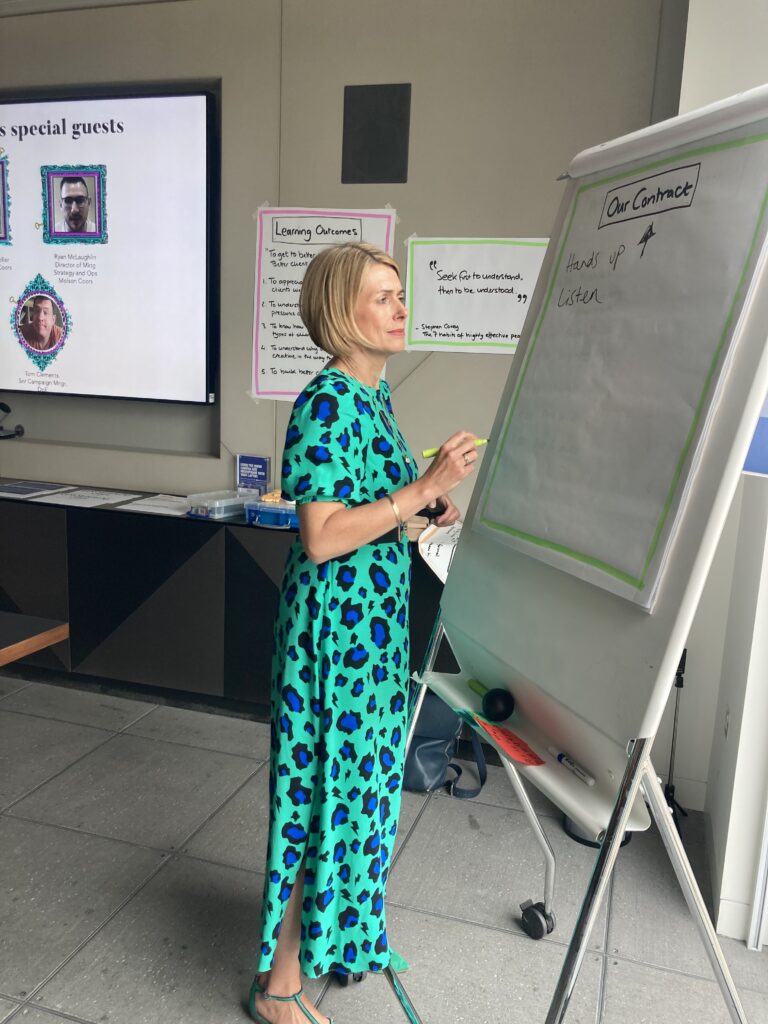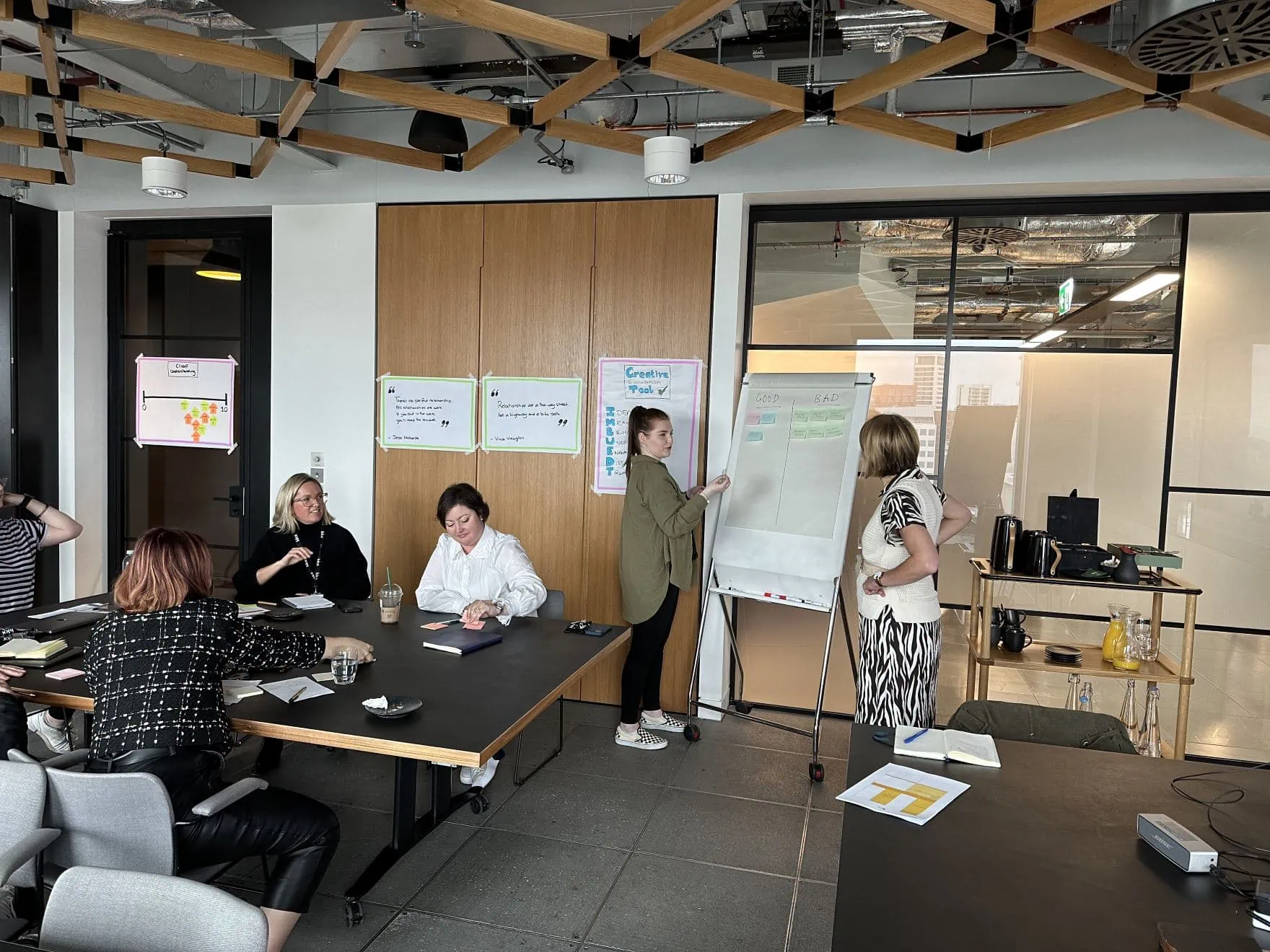In the fast-paced and ever-changing landscape of business, it is challenging to define and articulate training needs within a team. Often, leaders and managers know employees don’t have the foundational knowledge or functional skills to perform at their highest potential, but they struggle with getting to clarity on what those needs are because they are bogged down with day-to-day responsibilities at work.
Here are five strategies managers can use to get to clarity on training needs within their team and write better training briefs.
Get into a (communal) flow state
Identifying the heart of any problem is complex work. Doing complex work well requires a flow state, a cognitive zone where you’re completely immersed in the task, free from distractions and outside of your everyday reality.
To apply this principle to writing a training brief, get the relevant stakeholders together and dedicate a morning or an afternoon to collaboratively completing the task, away from the distractions of the day job.

Make learning outcomes actionable
Too much training is focused on knowledge, and not enough on actions. Learning outcomes should always be split into two parts:
What do you want the team to know? But importantly, what do you want the team to be able to do?
Consider the business reality
Learning outcomes need to be considered in the individual context of your business. Here are three critical steps to prioritise training needs, tailor the training solution to your business rhythm and ensure the learning lands successfully for the team being trained, but also across the wider business:
- Run an audit of the existing team and their situation, considering both functional skills & leadership skills, in the context of what the business wants to achieve.
- Map out limitations by examining the logistics of team size, locations and time that can be dedicated to learning.
- Identify and list existing business processes, tools, templates, examples or case studies, as well as existing or planned training courses, that will need to be integrated.

Think long-term
If training doesn’t create sustainable change, then it isn’t doing its job. Think about what ongoing support you might need from training providers to ensure employees are able to apply what they have learned on the job and continue to improve their skills over time.
Enlist specialist support
Bring in an external training provider to facilitate a workshop to get you to clarity on your training needs and guide you on the detail required in a training brief. At LockSmith, we offer 2-4 hour Discovery Workshops for our clients to help them do just that.

We’re here to help
If your team needs upskilling in marketing, innovation or leadership but you need help getting to clarity on the brief, we’d love to chat. Get in touch to book a discovery workshop today.

